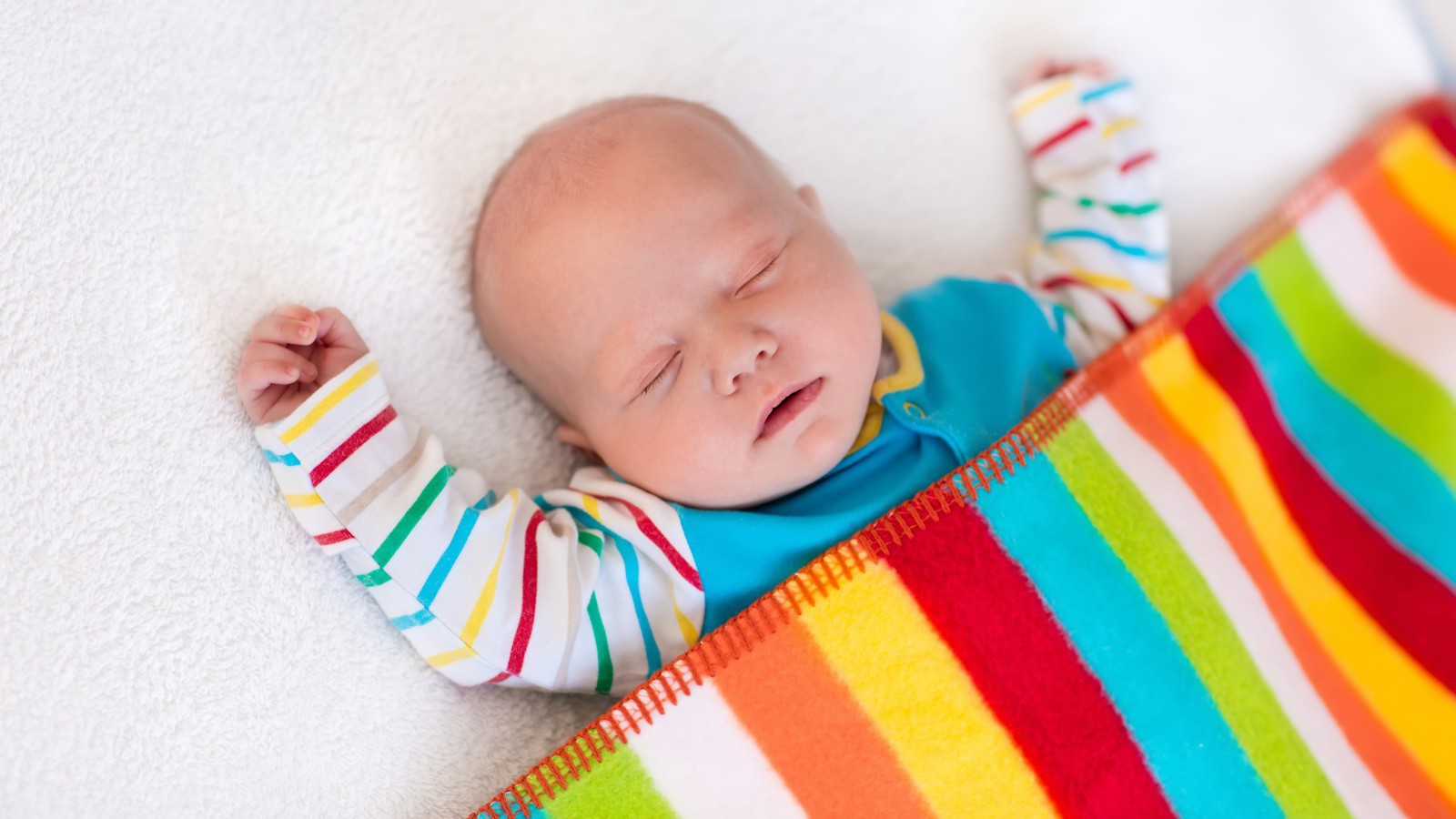Q. Dear Umbra,
As a soon-to-be mother, I’m in a bit of a pickle. Since we have a small budget and a smaller apartment, my husband and I purchased a used co-sleeper. It came with a polyurethane foam mattress bearing the telltale tag: It had been treated with fire retardants.
My choices, as far as I can tell, are to 1) Keep the original mattress and live with the mom-guilt that’s already building. 2) Wrap the mattress in polyethylene. Some research out of New Zealand suggests this might reduce off-gassing. But does this even work? 3) Buy the bassinet manufacturer’s replacement organic mattress. It isn’t leak-proof, so I’d have to also fashion some kind of baby excretion barrier for this non-standard mattress. What should I do? Help a soon-to-be mother get some sleep. Lord knows I’ll need it soon!
Johanna S.
St. Louis, Mo.
A. Dearest Johanna,
Nobody ever said parenting was easy — a lesson you’re learning well before you’re technically even parenting. But it takes a village, and you can consider me the cheerful village apothecary. Or maybe the village blacksmith-slash-doctor? Or the shopkeep at the village nontoxic mattress store? You may well be in for some sleep deprivation when your chip off the old block arrives, but let’s do our best to make sure baby’s mattress, at least, isn’t one of the reasons.
Alas, flame retardants are scary enough to make anyone sleepless. As you probably know, these chemicals — routinely found in furniture, car interiors, and adult as well as crib mattresses — have been linked to a host of health problems, including cancer. The adorably tiny size of babies and children, plus the fact that they’re still developing, makes them particularly vulnerable to flame retardants: In our zeal to protect them from fire, we have mandated the use of chemicals that pose health threats including developmental problems, hormone disruption, hyperactivity, and other behavioral issues. The good news is policymakers and manufacturers are coming around on this issue; in a few generations, with any luck, we will not knowingly poison ourselves quite as often as we do today. In the meantime, it’s no wonder you’re about ready to weave your own bassinet cushion out of reeds.
Given the potential risks, I’m going to advise you not to choose option 1, which was to keep the darn thing and feel guilty. I’m usually a big fan of secondhand shopping, but we know this item is laced with chemicals, and mattresses can offgas for years. Though I can already hear the chorus of “I slept on a toxic baby mattress and I turned out just fine,” I don’t see why we should perpetuate this toxic cycle.
This brings us to option 2: Find a way to block the chemicals. You’re right that some people argue a thick, food-grade polyethylene cover will solve the problem by trapping flame retardants and other yucky things like fungus inside. Food-grade polyethylene is considered one of the safer plastics, and it works well (albeit loudly, they say) as a waterproof cover. But I couldn’t find any scientific data to back up the anecdotal evidence that such a cover actually works, and some experts caution that noxious chemicals can probably seep out of seams and other tiny holes. So while this solution might provide short-term peace of mind, I think we’re zooming toward option 3: Use a new mattress.
If the manufacturer’s suggested replacement is made of natural materials, such as organic cotton or (naturally flame-resistant) wool, you might want to spring for it if you possibly can — though doublecheck to make sure it hasn’t been treated with any weird chemicals. “Organic” doesn’t automatically mean chemical-free. As far as making it leakproof, that food-grade polyethylene seems like a good bet. Please don’t use other plastics, which pose health risks of their own.
For you and other parents-to-be, Johanna, the good news is that we have more nontoxic crib mattresses than ever on the market. Look for tags that specify the mattress meets TB 117-2013, a new law that is easing us out of this chemical-reliant mess. And though I stick to my brand agnosticism as much as possible, I’m hearing good things about this waterproof infant mattress, and this list can also get you started. You might also check Etsy, where some enterprising people are selling mattresses of wool and cotton, or try your hand at making your own to fit your co-sleeper. (If you go DIY, just avoid foam, which introduces even more chemicals into the mix.)
A chem-free night’s sleep doesn’t always come cheap. But when you consider that infants might spend 12 hours a day or more napping on their mattresses, then add to that the value of your own peace of mind, this is one investment that seems likely to pay off over time. Perhaps the best thing to do would be to pass this column on to your parent/sibling/friend/favorite coworker and have that person make this a priority at your baby shower. Hey, that’s what these procreative rituals are for, right?
Expectantly,
Umbra
P.S. Did you know babies will fall asleep on top of you, on top of any warm body, on the floor, in a box, on the grass, in a swing, or even at a bowling alley? You might not need a mattress after all. I hope you’ll stay in touch and let me know how everything goes.



